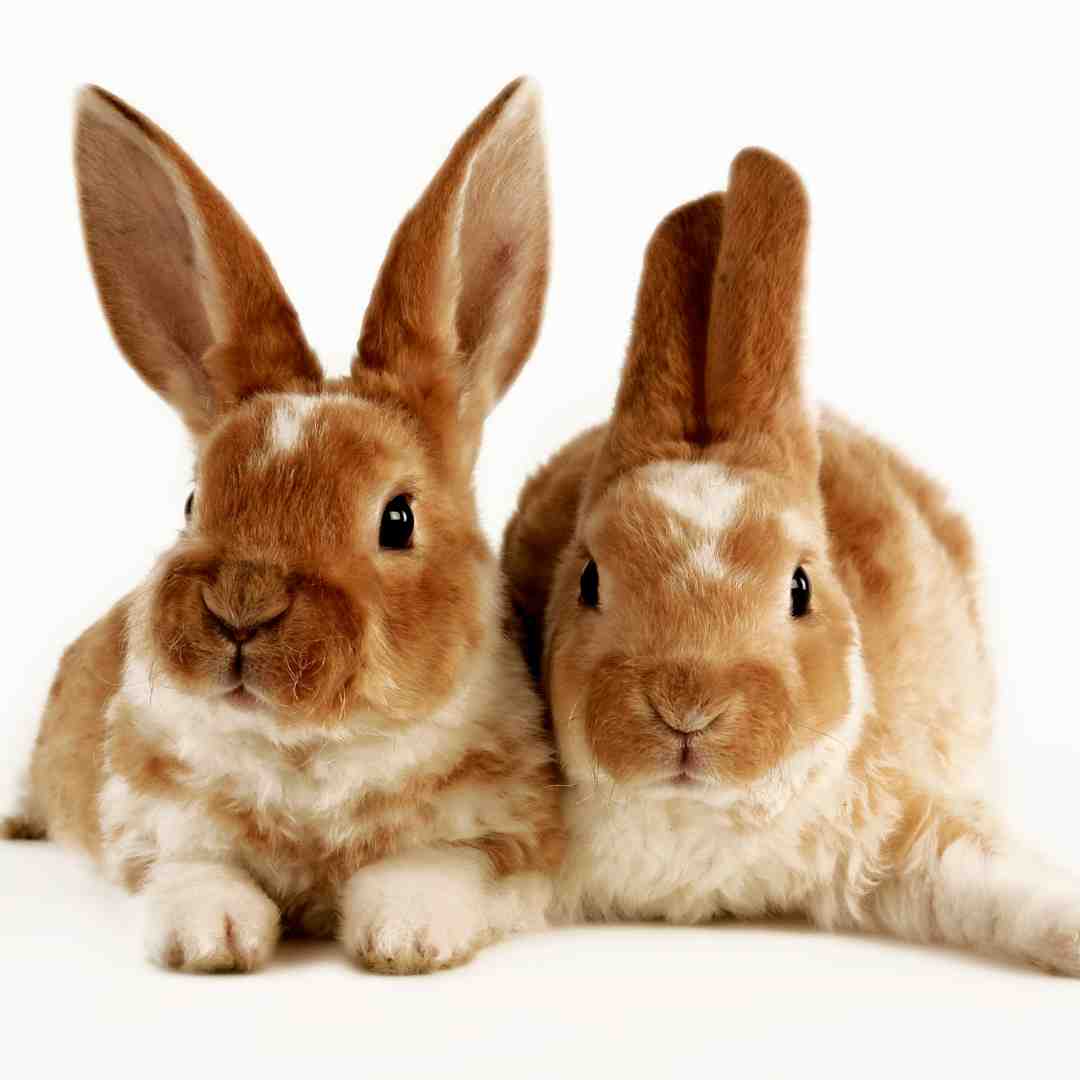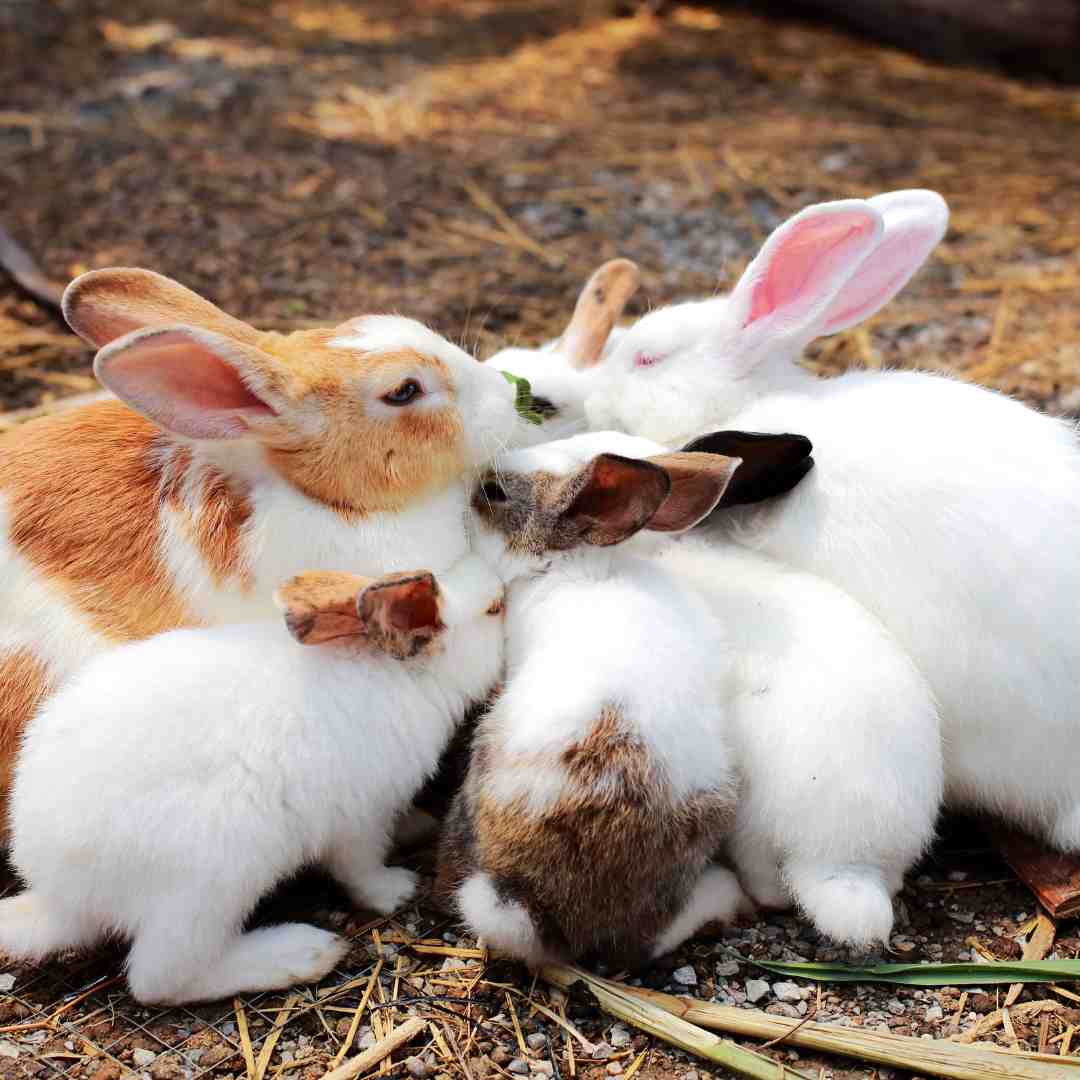Rabbit Reproduction: Male and Female Systems
Rabbits reproduce frequently, thus knowing their reproductive processes is crucial. This page describes the organs and functions of the male and female rabbit reproductive systems.
Male Rabbit Reproduction
Male rabbits have testes, epididymis, vas deferens, seminal vesicles, prostate gland, and penis. The abdominal testes produce sperm. The coiled epididymis stores and transmits sperm from the testes to the vas deferens. The vas deferens transports sperm from the epididymis to the seminal vesicles. Seminal vesicles create sperm-nourishing fluid. Prostate gland fluid activates sperm. The penis deposits sperm into the female reproductive tract.
Female Rabbit Reproduction
Female rabbits have ovaries, oviducts, uterus, cervix, and vagina. The abdominal ovaries generate eggs. The two oviducts carry eggs from the ovaries to the uterus. The muscular uterus stores eggs until they are fertilised. The cervix divides the uterus from the vagina. The vagina receives sperm during mating.
Conclusion
Breeding rabbits requires a sophisticated reproductive system. Rabbit breeding requires understanding system organs and functions.
Understanding Rabbit Courtship Rituals
Rabbits bond with their partners. Breeders must understand rabbit courtship customs. This article covers rabbit mating and wooing customs.
Rabbits mature sexually at four months. Male rabbits look for mates in spring, during breeding season. Males circle and rub their chins on females to attract them. He may also "buck grunt" lowly.
After the female accepts the male's approaches, they'll mate briefly. Males mount females from behind and hold them with their front paws. Mating takes seconds.
After mating, the female builds a nest to give birth. She will guard the nest with her own fur. After 30 days, the female gives birth.
Monogamous rabbits bond strongly with their partners. The male feeds the female as she nurses.
Rabbit breeders must understand their mating patterns. Rabbits court by circling the female and grunting. After the female accepts the male's approaches, they'll mate briefly. After mating, the female builds a nest and gives birth after around 30 days. Monogamous rabbits bond strongly with their partners.
How long does a rabbit gestate?
Rabbits have 28–31-day gestations. Doe rabbits will build nests for their young around this period. Fur from the doe's body and hay or straw line the nest.
The doe will become restless and dig her nest as birth approaches. The doe will have two to twelve kits. The kits are born blind and deaf and depend on their mother for food.
After ten days, the kits will open their eyes and wean from their mother's milk after four weeks. After six weeks, the kits will eat solid food and leave the nest.
Rabbits gestate for 28–31 days. The doe will nest and have kits during this period. Kits will open their eyes after ten days and wean from their mother's milk after four weeks. Kits leave the nest at six weeks.
Genetics and Rabbit Reproduction: Examining Heredity
Rabbit reproduction depends on genetics. The number and health of rabbit offspring are strongly influenced by heredity. Understanding how genetics affect rabbit reproduction can assist breeders and owners make health and reproductive decisions.
Rabbits' offspring count is genetic. Rabbits with a genetic propensity for larger litters have more offspring. Rabbits with a genetic propensity for larger litters also have healthier progeny. Larger litters have higher genetic diversity, which protects against genetic disorders and other health difficulties.
Genetics also affect rabbit offspring health. Rabbits having genetic predispositions to diseases may pass them on to their progeny. Rabbits having a hereditary propensity for dental issues may pass them on to their offspring. Rabbits with a genetic propensity for various coat colours may pass them on.
Finally, genetics affect rabbit reproduction. Infertile rabbits have lower reproductive success than fertile rabbits. Rabbits with a genetic propensity for litter size or health may also have better reproductive success.
In conclusion, rabbit reproduction depends on genetics. Heredity affects rabbits' reproductive capacity, offspring health, and offspring number. Understanding how genetics affect rabbit reproduction can assist breeders and owners make health and reproductive decisions.

Rabbit Spaying and Neutering: Population Control Benefits
Responsible rabbit owners spay and neuter. It controls rabbit populations safely and effectively while improving rabbit health and behaviour.
Spaying and neutering rabbits includes surgically removing their reproductive organs. Males lose their testicles, while females lose their ovaries and uterus. Four- to six-month-old rabbits undergo this surgery.
Spaying and neutering rabbits reduces population. Unaltered rabbits breed swiftly and overpopulate. This can exacerbate shelter congestion, euthanasia, and sickness. Spaying and neutering rabbits reduces unwanted litters and guarantees all rabbits a loving home.
Spaying and neutering rabbits also improves their health and behaviour. Spaying female rabbits reduces uterine cancer and other reproductive problems. Neutering male rabbits reduces testicular cancer and other reproductive problems. Spaying and neutering rabbits reduces aggressive behaviours including mounting and territorial marking.
Responsible rabbit ownership includes spaying and neutering. It controls rabbit populations safely and effectively while improving rabbit health and behaviour. Pet owners can help keep rabbits safe and loved by spaying and neutering them.
